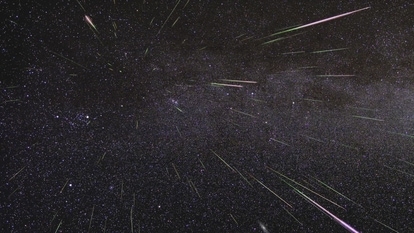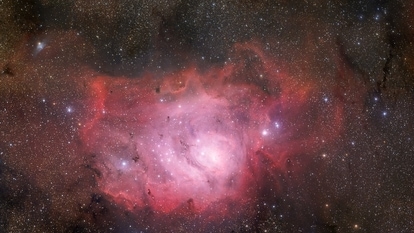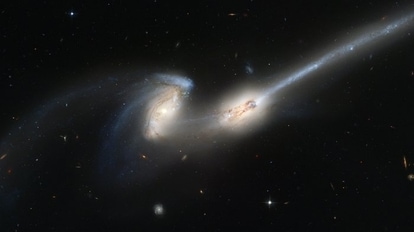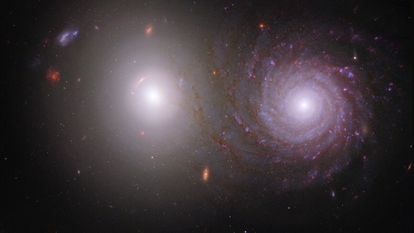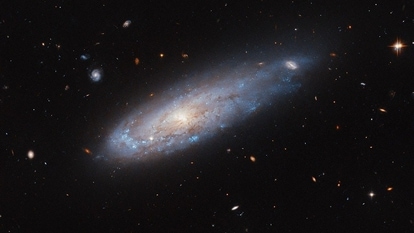NASA Astronomy Picture of the Day 18 January 2023: James Webb Telescope snaps Galaxy clusters
NASA’s Astronomy Picture of the Day is a captivating image of a galaxy cluster captured by the James Webb Telescope.
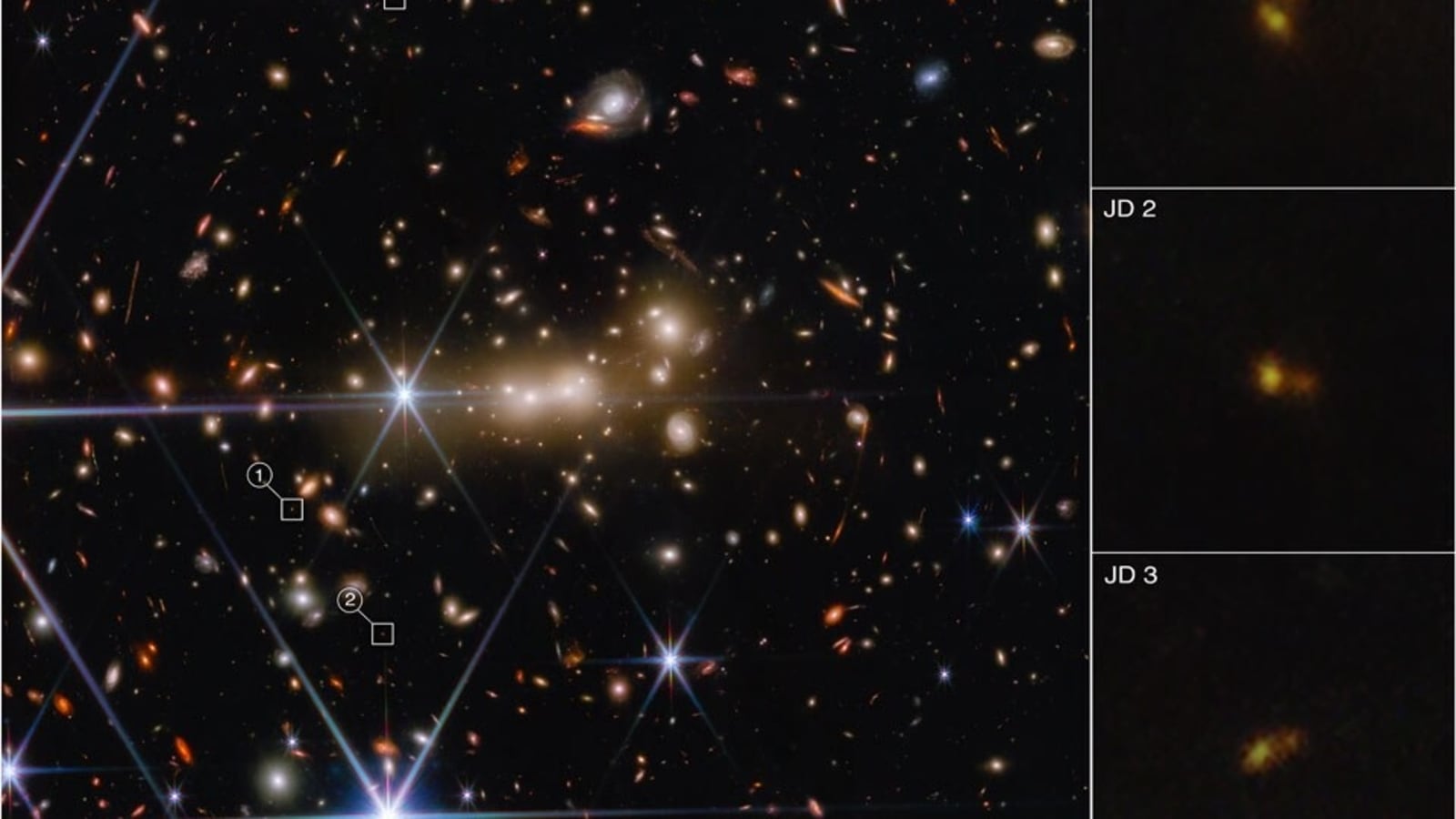
The James Webb Space Telescope is impressing us with its capabilities with each passing day. NASA's $10 billion space telescope has been capturing breathtaking images of far-off galaxies, star clusters, black holes and more. The space telescope was launched on December 25, 2021 and since then it has added many feathers in its cap. One such image was of Galaxy clusters, which are some of the largest structures in the universe, containing hundreds to thousands of galaxies bound together by gravity.
NASA's Astronomy Picture of the Day is a captivating image of a galaxy cluster MACS0647 in which a cluster can be seen as distorted in the foreground. Moreover, light emitted by distant background galaxies is visible along the line of sight. The image was captured by a collaboration of space agencies such as NASA, ESA, CSA and a group of astronomers including Dan Coe (STScI), Rebecca Larson (UT), Yu-Yang Hsiao (JHU), using the James Webb Space Telescope.
Galaxy Clusters are also known to contain dark matter which is invisible to telescopes since it does not emit, absorb, or reflect any electromagnetic radiation.
NASA's explanation
Gravitational lensing by the galaxy cluster MACS0647 -- in which the massive foreground cluster distorts and lenses the light emitted by distant background galaxies along the line of sight — is on vivid display here in this recent multi-color infrared image from the James Webb Space Telescope (JWST). In particular, the background source MACS0647-JD is seen to be lensed three times by the cluster.
When first discovered with the Hubble Space Telescope, MACS0647-JD was observed as an amorphous blob. With Webb though, this single source is revealed to be a pair or small group of galaxies. The colors of the MACS0647-JD objects are different as well -- indicating differences potentially in the age or dust content of these galaxies. These new images provide rare examples of galaxies in an era only a few 100 million years after the Big Bang.
Catch all the Latest Tech News, Mobile News, Laptop News, Gaming news, Wearables News , How To News, also keep up with us on Whatsapp channel,Twitter, Facebook, Google News, and Instagram. For our latest videos, subscribe to our YouTube channel.





